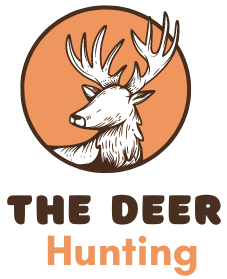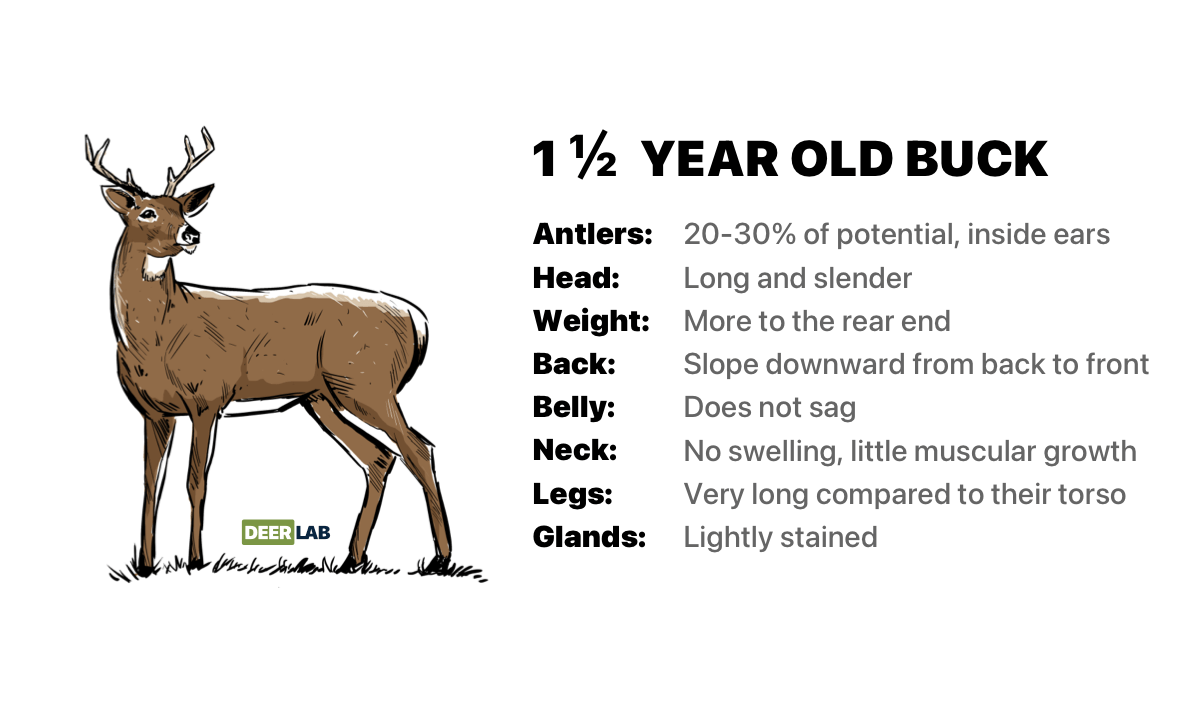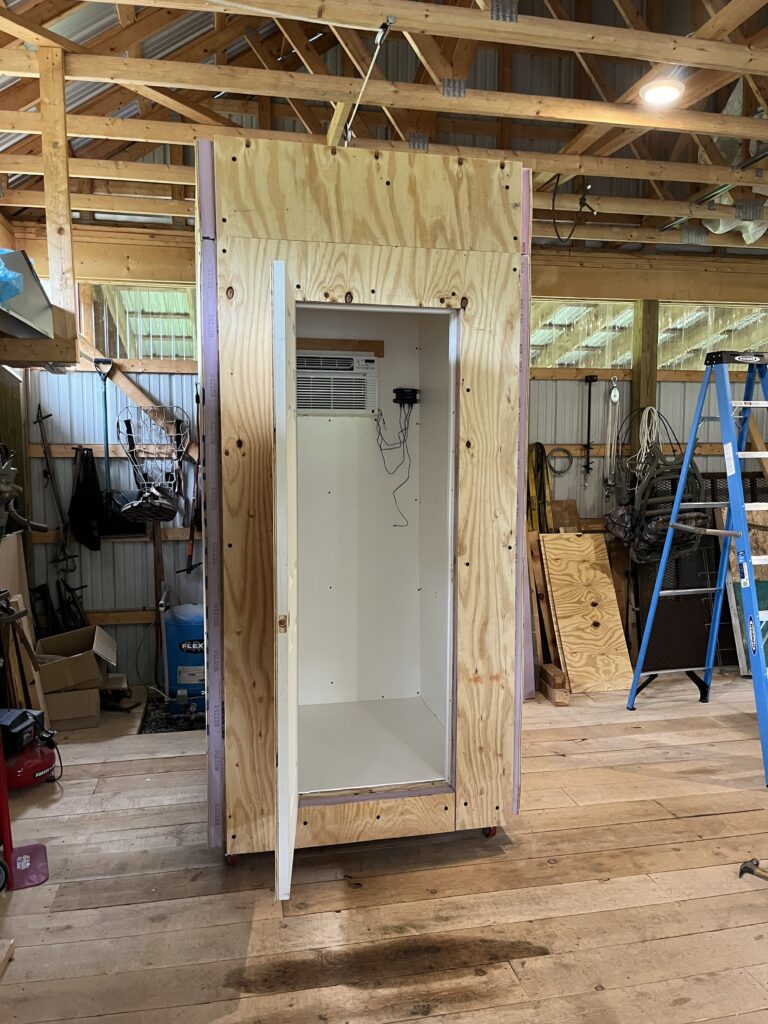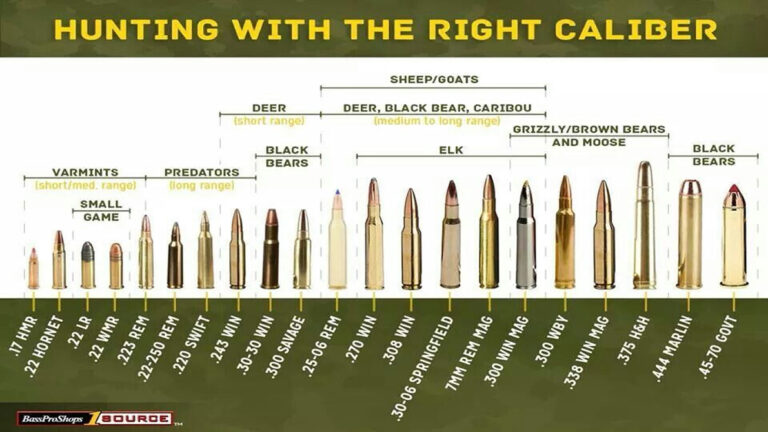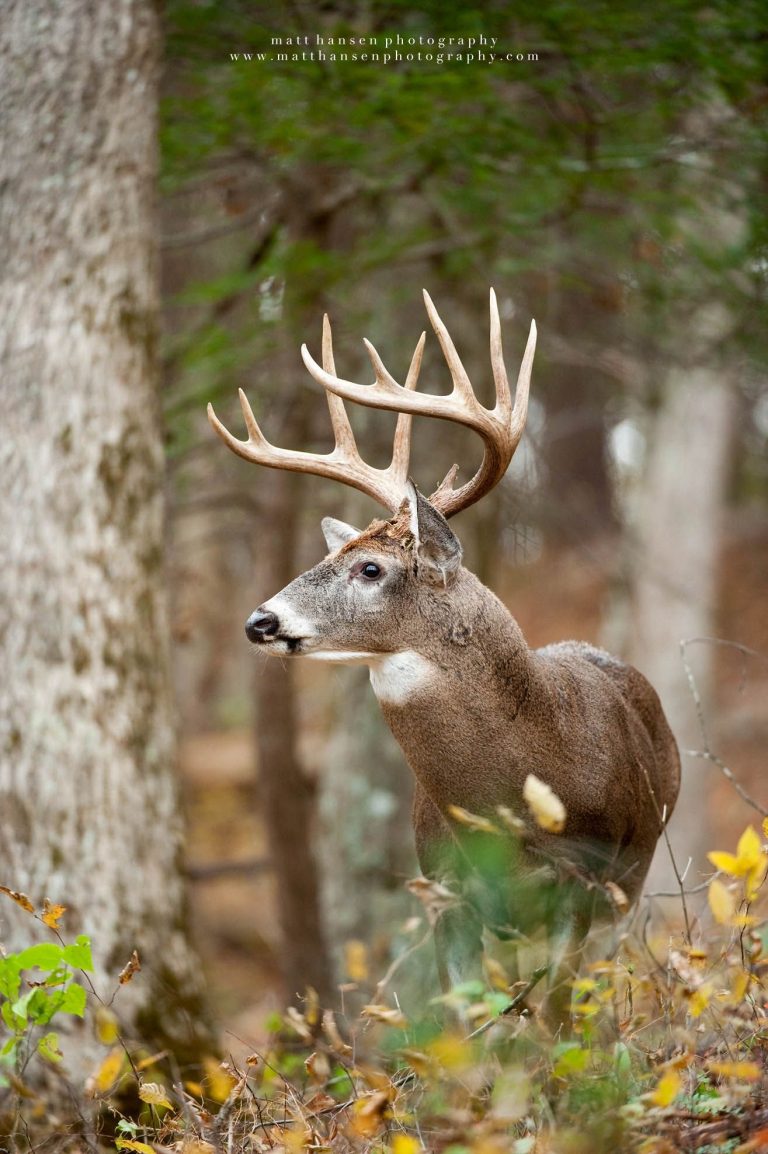How Can You Tell How Old a Whitetail Deer is: Expert Tips
Identifying the age of a whitetail deer can be tricky. Age affects their behavior and physical traits.
Hunters, wildlife managers, and enthusiasts often need to determine a deer’s age. Accurate aging helps in making better decisions for conservation and hunting. You can use various methods to estimate a deer’s age. Tooth wear and replacement are the most reliable indicators.
Observing body characteristics and antler size also helps. These methods require a keen eye and some practice. With a bit of knowledge, you can become proficient in aging whitetail deer. This skill enhances your understanding of these magnificent creatures. It also contributes to sustainable wildlife management. Let’s explore how you can tell how old a whitetail deer is.
Introduction To Aging Whitetail Deer
Determining the age of a whitetail deer is a fascinating process. Hunters and wildlife enthusiasts often need to estimate a deer’s age. Knowing the age helps in understanding the deer’s behavior and population dynamics. It also aids in making informed decisions about conservation and management.
Importance Of Age Estimation
Age estimation is crucial for several reasons. It helps in maintaining a healthy deer population. Older deer may need different management strategies than younger ones. Age data also supports research and conservation efforts. By understanding age structures, wildlife managers can better predict population trends.
Common Methods Used
Several methods exist to estimate a whitetail deer’s age. One common method is examining the teeth. Tooth wear and replacement patterns can indicate age. Another method involves observing the deer’s body and antler characteristics. These physical traits change as the deer matures.
More advanced techniques include using laboratory analysis. Scientists can analyze bone and tooth samples for more precise age estimation. Each method has its advantages and limitations. Combining multiple methods often provides the most accurate results.

Credit: deerlab.com
Physical Characteristics
Determining the age of a whitetail deer can be crucial for hunters and wildlife enthusiasts. By examining the physical characteristics of the deer, one can estimate its age. This section explores key physical traits that indicate the age of a whitetail deer.
Antler Development
Antlers are a key indicator of a deer’s age. Young bucks usually have small, simple antlers. These antlers often have fewer points. As the deer matures, the antlers grow larger and more complex. Mature bucks often have many points and a broad, heavy structure.
| Age | Antler Characteristics |
|---|---|
| 1-2 years | Small, simple, often spike-like antlers |
| 3-4 years | Larger, more branched, multiple points |
| 5+ years | Massive, many points, broad base |
Body Size And Shape
The body size and shape of a whitetail deer also provide clues about its age. Young deer are usually smaller and have a lean build. Mature deer have a larger, more robust body. They exhibit a broader chest and thicker neck.
- Fawns and yearlings: Small and lean, narrow chest.
- 2-3 years: Intermediate size, developing muscle mass.
- 4+ years: Large and robust, broad chest, thick neck.
By observing these physical characteristics, you can estimate the age of a whitetail deer more accurately. Remember, antler development and body size are key indicators to watch.
Tooth Wear And Replacement
Determining the age of a whitetail deer can be a fascinating process. Tooth wear and replacement is one of the most reliable methods. This method involves examining the teeth of the deer. By doing so, you can estimate the deer’s age with reasonable accuracy.
Milk Teeth Vs. Permanent Teeth
Young deer have milk teeth or baby teeth. These teeth are temporary and will be replaced as the deer matures. Usually, a deer fawn will have a full set of milk teeth by six months of age.
By the time the deer is about 18 months old, these milk teeth start to fall out. They are replaced by permanent teeth. This change is a key indicator of the deer’s age. If you see permanent teeth, the deer is likely older than 18 months.
Tooth Wear Patterns
As deer age, their teeth show wear patterns. These patterns help in estimating the deer’s age. Younger deer have sharp and pointed teeth. With age, these teeth become worn down and flattened.
Here is a simple guide to tooth wear patterns:
- 1-2 years: Teeth are sharp and show little wear.
- 3-4 years: Teeth start to flatten slightly.
- 5-6 years: Teeth are quite flat and show significant wear.
- 7+ years: Teeth may be worn down to the gum line.
This table provides a quick overview:
| Age (Years) | Tooth Condition |
|---|---|
| 1-2 | Sharp, little wear |
| 3-4 | Flattened slightly |
| 5-6 | Quite flat, significant wear |
| 7+ | Worn down to gum line |
By comparing the deer’s teeth to these stages, you can estimate its age. This method is easy and effective, even for beginners.

Credit: www.youtube.com
Dental Cementum Analysis
Understanding the age of a whitetail deer can be fascinating. One accurate method is Dental Cementum Analysis. This technique uses the teeth of the deer to determine its age. It is a reliable way to learn more about these magnificent animals.
What Is Cementum?
Cementum is a layer in a deer’s tooth. It covers the root of the tooth and helps it stay in place. Cementum grows throughout the deer’s life. Each year, a new layer forms. These layers can tell us how old the deer is.
How To Analyze Cementum Layers
To analyze cementum layers, you need a deer’s tooth. A lab will slice the tooth thinly. Next, they stain the slices to see the layers clearly. Under a microscope, you can count the layers. Each layer represents one year of the deer’s life. This method is accurate and trusted by experts.
Behavioral Indicators
Understanding the age of a whitetail deer can be tricky. Observing its behavior offers valuable clues. Behavioral indicators are essential for hunters and wildlife enthusiasts. These signs help determine the deer’s age without physical contact.
Activity Patterns
Younger deer are often more active during the day. They are curious and playful. They frequently move around in search of food and water. Older deer, on the other hand, are more cautious. They prefer to move during twilight hours. This is to avoid predators. Their movements are deliberate and slow.
Interaction With Other Deer
How a deer interacts with others also reveals its age. Younger deer often stay in groups. They follow older deer closely. They exhibit submissive behavior. Adult bucks, however, display dominance. They are more solitary, especially during the rut. They often engage in fights to establish their territory.
Use Of Trail Cameras
Using trail cameras is a great way to tell the age of a whitetail deer. These cameras capture images that help hunters and wildlife enthusiasts study deer behavior and physical traits. By doing this, you can gather valuable information without disturbing the deer.
Setting Up Cameras
Place trail cameras in areas where deer frequently visit. Choose spots near water sources, feeding areas, or game trails. Make sure the cameras are positioned at a deer’s chest level. This ensures clear images of the deer’s body and antlers.
Check camera batteries and memory cards regularly. Replace them as needed to keep the cameras running smoothly. Consistent operation will capture a range of deer throughout the season.
Interpreting Camera Data
Look at the images and focus on the deer’s body size, antler structure, and facial features. Younger deer have smaller bodies and less developed antlers. Their faces are more narrow and sleek.
Older deer usually have larger bodies and more substantial antlers. They often show signs of wear and tear. Their faces appear broader and more rugged. By comparing these traits over time, you can estimate the deer’s age.
Recording dates and times of the images can help. This allows you to track the deer’s growth and behavior throughout the year. Over time, you will become better at estimating their age.
Professional Assessment
Understanding the age of a whitetail deer can be complex. Professional assessment involves expert analysis to determine the deer’s age accurately. This process can provide critical insights into the deer’s health, habits, and population dynamics.
Consulting Wildlife Biologists
Wildlife biologists specialize in studying animal populations. They can assess deer age through physical examination. They often look at tooth wear and replacement patterns. Biologists may also examine antler development. These features give clues about the deer’s age. Consulting a biologist ensures an expert opinion.
Laboratory Analysis
For more precise aging, laboratory analysis is used. One common method is cementum annuli analysis. This involves examining the deer’s teeth under a microscope. The layers of growth rings in the teeth reveal the deer’s age. This method is highly accurate. It provides a reliable way to determine age.
Another lab method is DNA analysis. It can provide age information based on genetic markers. While less common, it offers another tool for scientists. Laboratory analysis offers detailed and scientific aging results.

Credit: www.youtube.com
Frequently Asked Questions
How Do You Determine A Whitetail Deer’s Age?
You can determine a whitetail deer’s age by examining its teeth. The wear and replacement pattern of teeth provide accurate age estimation.
What Are The Signs Of An Old Whitetail Deer?
Signs of an old whitetail deer include worn teeth, a sagging back, and a graying face. These characteristics help in identifying older deer.
Why Is Aging Whitetail Deer Important?
Aging whitetail deer is important for managing deer populations and ensuring healthy ecosystems. It helps in making informed conservation decisions.
Can Antler Size Indicate A Deer’s Age?
Antler size alone cannot accurately indicate a deer’s age. While antlers grow larger with age, various factors like nutrition also influence their size.
Conclusion
Determining a whitetail deer’s age can be fascinating. Look at their teeth. Check body size and antler growth. These clues help you estimate their age. Remember, practice improves your skills. With time, you’ll get better at this. Enjoy the process and respect wildlife.
Understanding deer better enhances your outdoor experiences. Happy observing and aging whitetail deer!
